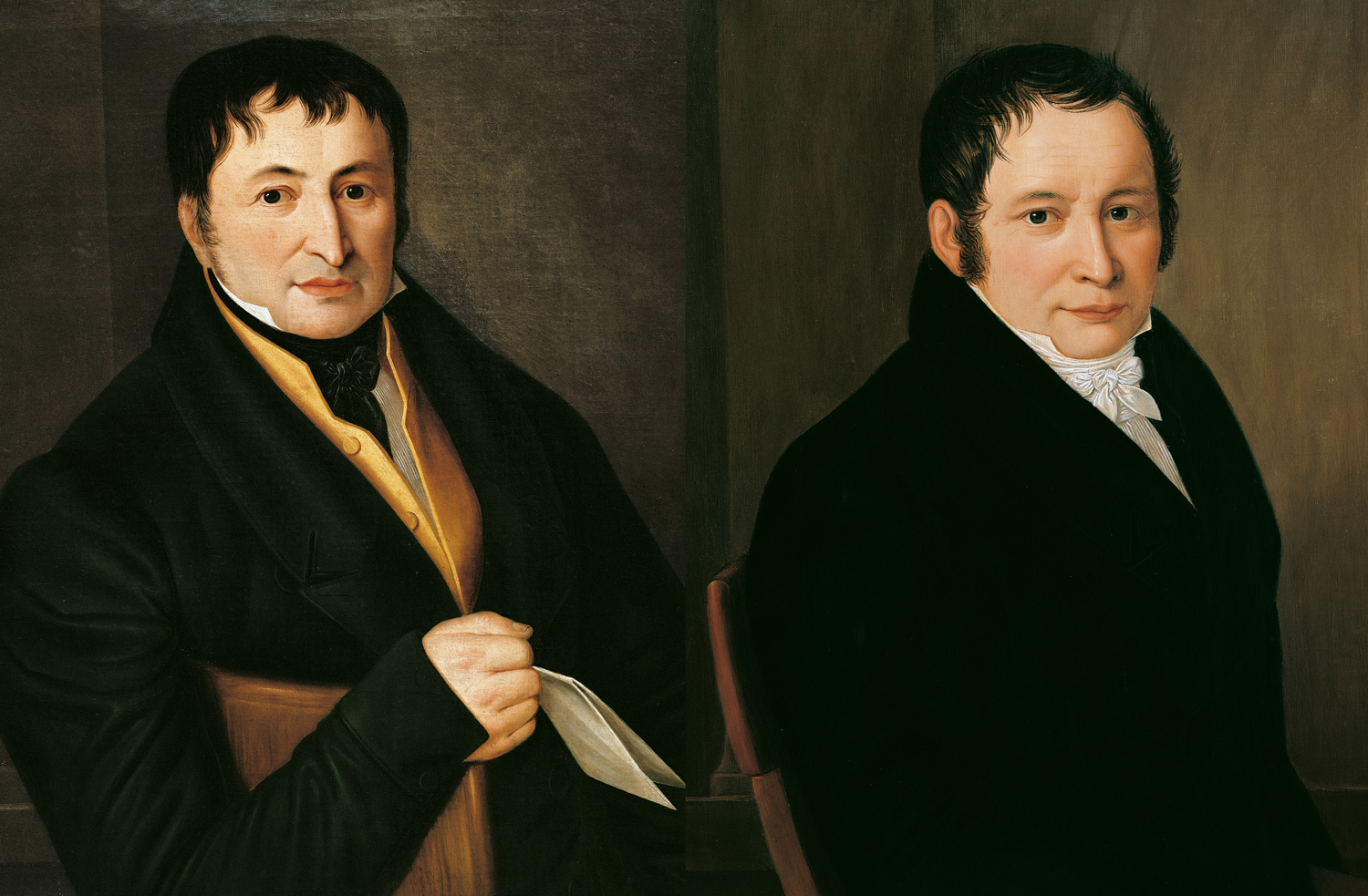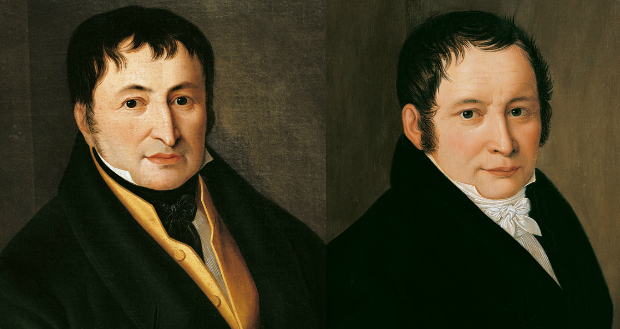Mechanical newspaper printing celebrates 200 years since the first steam-powered double-cylinder machine rolled out an issue of The Times in London, beginning a whole new era of print.
The night of November 29 in 1814, 360 years after Gutenberg invented the hand press, Friedrich Koenig and Andreas Bauer printed The Times using the power of steam, on just one side of the sheet – though a patent was already in the works from Koenig for a perfecting press.
The machine boasted an hourly output of 1100 printed sheets, compared to 240 by the Gutenberg press – increasing productivity by almost five times.

The era of mechanical printing began in the night of 28 to 29 November 1814 with the production of “The Times” newspaper on the double-cylinder press from Friedrich Koenig and Andreas Bauer. The photo shows a 1:2 scaled replica found in the KBA museum
Koenig, a trained printer and ingenious inventor, had put a rotating cylinder into the printing process to release operators from the back-breaking labour involved in printing with the hand press. This is why it is known today as rotary printing.
This invention by Friedrich Koenig to guide paper, and later also many other substrates as individual sheets or as a web from a roll, over a rotating cylinder and to print directly or indirectly (over a blanket cylinder in offset) using a mechanically inked printing form is still used in analogue printing today.
Digital printing is at times contact-free (inkjet), nevertheless, even this process involves rotating cylinders and drums for the paper run.
Precision instrument-maker Andreas Bauer helped Koneig to build a fully functional press in England, which was then industrially advanced. Nearly three years later, on 9 August 1817, the two pioneers founded the world’s first printing press factory, Schnellpressenfabrik Koenig & Bauer, in a secularised monastery in Oberzell, near Würzburg.
KBA says that all other German press manufacturers originated, either directly or indirectly, from this Franconian cradle of press engineering, as qualified staff sought to go into business for themselves in the 19th century.
The presses became increasingly more refined and more powerful, and print quality improved. Applications soon grew from newspapers to books, catalogues, magazines and more.
In 1832 Friedrich Koenig documented his vision of a web rotary press. Nevertheless, the inventor was not able to implement it as he died in 1833.
 Inventor Friedrich Koenig (1774-1833), left, and his partner Andreas Bauer (1783-1860) made printing history
Inventor Friedrich Koenig (1774-1833), left, and his partner Andreas Bauer (1783-1860) made printing history
His partner Andreas Bauer and widow Fanny Koenig continued his life’s work. Other manufacturers in Germany, England, Austria and the US sprung up and drove technical advances in press engineering with their ideas.
Koenig & Bauer delivered the first web rotary press to Magdeburgische Zeitung in 1876. The conical former developed in the US soon after paved the way for the arrival of folded newspapers and further improvements to performance.
In 1888, Koenig & Bauer shipped the first four-colour web press to St. Petersburg. The first special presses for printing luxury colour products followed at the beginning of the 1890s.
In the past 80 years the printed newspaper as a channel for information and advertising has faced growing competition from radio, television and more recently online and mobile media.
However, KBA says it has retained its high level of acceptance and credibility with readers, as well as its superior lasting advertising impact. It says there are still opportunities for those with the courage and creativity shown by Friedrich Koenig and Andreas Bauer two centuries ago.


